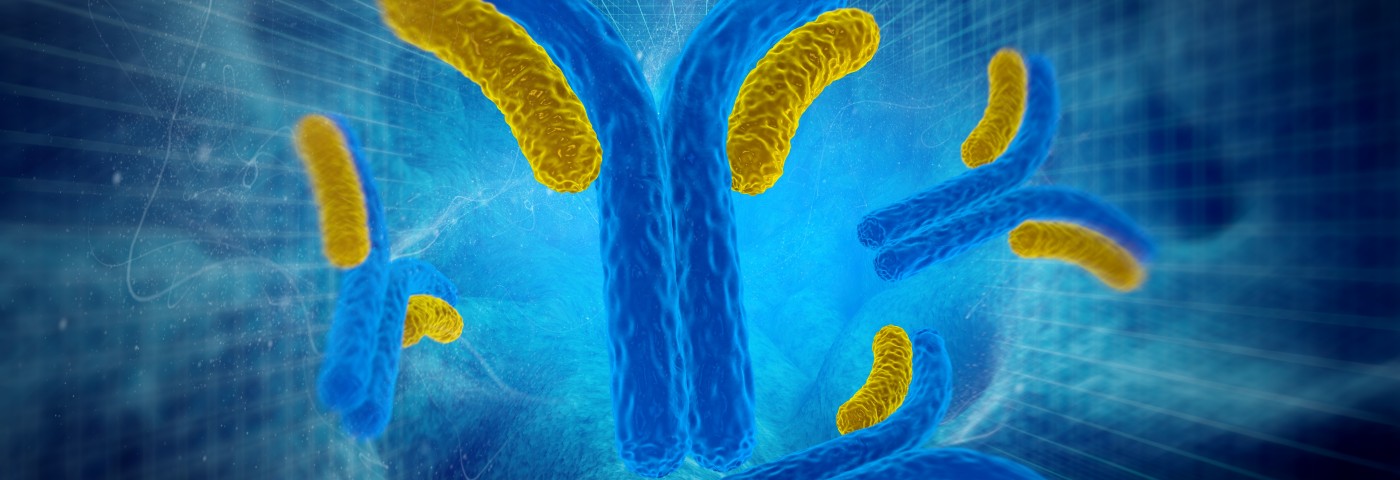A new study demonstrated that specific antibodies could be markers for decreased mortality in people with connective tissue disease and systemic sclerosis associated with pulmonary arterial hypertension (PAH).
The report in the journal Arthritis and Rheumatology was titled “Characteristics and Survival of Anti-U1 RNP Antibody-Positive Patients With Connective Tissue Disease-Associated Pulmonary Arterial Hypertension.“
PAH refers to high blood pressure in the lungs, and it can result from several diseases, including systemic sclerosis (SSc) and connective tissue disease (CTD). There is currently no cure, but several medications are used to control symptoms.
Improved methods for assessing PAH prognosis would aid in the selection of treatments for patients. Also, more treatments are needed to improve disease symptoms and reduce the risk of death.
A total of 342 patients with CTD- or SSc-associated PAH participated in the study at the Royal Free Hospital in London, England. Investigators assessed their clinical information, levels of auto-antibodies, and whether the patient eventually died.
The team specifically focused on the anti-U1 RNP antibody, which has been detected in previous studies at high levels in patients with CTDs.
Interestingly, the scientists found that 36 patients (11 percent) of the cohort analyzed had the anti-U1 RNP antibody. They noted in their article that “anti-U1 RNP-positive patients were younger and less functionally impaired than were anti-U1 RNP-negative patients in CTD- and SSc-associated PAH.”
The presence of the anti-U1 RNP antibody was additionally associated with a lower risk of death. The effect was more pronounced for CTD-associated PAH than for SSc-associated PAH, although in both groups of patients the anti-U1 RNP still appeared to be a biomarker for worse prognosis and greater risk of dying. The effect was statistically significant for CTD-associated PAH, but it was only a trend for SSc-associated PAH.
The presence of the antibody did not seem to predict differences in what are known as “hemodynamic parameters.” Hemodynamic in this context refers to blood characteristics such as high blood pressure.
Not only could the anti-U1 RNP antibodies be used as a predictive biomarker, they may also have a protective effect in PAH. In their study report, the researchers reflected on this possibility, stating “our results suggest that anti-U1 RNP positivity could be a factor protecting against mortality in CTD- and SSc-associated PAH.”
Since new treatments for PAH are greatly needed, the possibility of a new antibody that improves PAH survival would be highly desirable. More research is required to solidify the association between anti-U1 RNP positivity and a better PAH prognosis.

